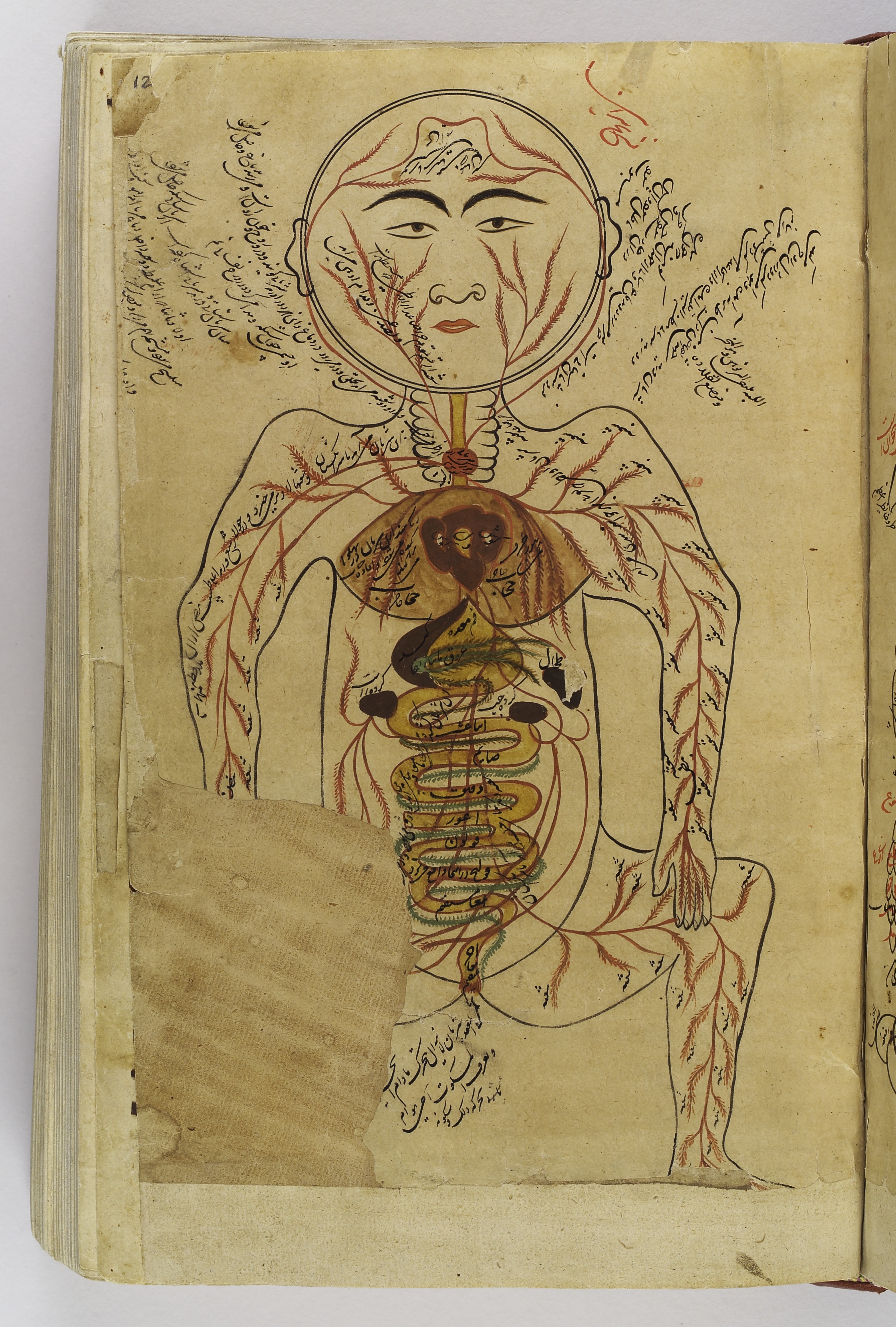Canon Of Medicine Ibn Sina Pdf

Program Stock Barang Phpbb. • • • The Canon of Medicine (: القانون في الطب al-Qānūn fī al-Ṭibb) is an encyclopedia of medicine in five books compiled by Persian philosopher (Ibn Sina) and completed in 1025. It presents an overview of the contemporary medical knowledge, which had been largely influenced.
This article explores Ibn Sina’s (poem) Al-Urjuzah Fi Al-Tibb which consists of 1326 meticulously classified verses, and is considered as a poetic summary of his encyclopaedic textbook, 'The Canon of Medicine'. Its popularity was widespread in the East and later in. Excerpts from Ibn Sina’s Canon of Medicine in Arabic and Latin. The Canon of Medicine, or Al-Qanun fī al-Tibb, is the most famous scientific.
The Canon of Medicine remained a medical authority for centuries. It set the standards for medicine in Medieval Europe and the Islamic world and was used as a standard medical textbook through the 18th century in Europe. It is still used in, a form of traditional medicine practiced in India. First page of the introduction to the first book (Arabic manuscript, 1597) The Canon of Medicine is divided into five books: • Essays on basic medical and physiological principles, anatomy, and general therapeutic procedures. • List of medical substances, arranged alphabetically, following an essay on their general properties. • Diagnosis and treatment of diseases specific to one part of the body • Diagnosis and treatment of conditions covering multiple body parts or the entire body. • of compound remedies. Byterun Builder For Php Cracker.
Book 1 [ ] Book 1 is made up of six theses which give a general description of medicine in general, the cosmic elements that make up the cosmos and the human body, the mutual interaction of elements (temperaments), fluids of the body (humours), human anatomy, and physiology.: 25–579 The book explains the causes of health and disease. Avicenna believed that the human body cannot be restored to health unless the causes of both health and disease are determined. He defined medicine ( tibb) as follows: 'Medicine is the science by which we learn the various states of the body; in health, when not in health; the means by which health is likely to be lost; and, when lost, is likely to be restored. In other words, it is the art whereby health is concerned and the art by which it is restored after being lost.' Php 5 3 8 For Readynas X86 Or X64 Platform on this page.
Thesis I Definition and Scope of Medicine [ ] Avicenna begins part one by dividing theoretical medicine and medical practice. He describes what he says are the ' of illness, based on: The material cause, the efficient cause, the formal cause, and the final cause:: 29–31 • Material Cause Avicenna says that this cause is the human subject itself, the 'members or the breath' or 'the humours' indirectly. • Efficient Cause The efficient cause is broken up into two categories: The first is 'Extrinsic', or the sources external to the human body such as air or the region we live in. The second efficient cause is the 'Intrinsic', or the internal sources such as our sleep and 'its opposite-the waking state', the 'different periods of life', habits, and race. Kamus Bahasa Arab Untuk Hp Nokia Jadul there. • Formal Cause The formal cause is what Avicenna called 'the constitutions; the compositions'. According to Oskar Cameron Gruner, who provides a treatise within Avicenna's Canon of Medicine, this was in agreement with who believed that the formal cause of illness is based upon the individual's temperament.
• Final Cause The final cause is given as 'the actions or functions'. Thesis II The Elements of Cosmology [ ] Avicenna's thesis on the elements of the cosmos is described by Gruner as 'the foundation of the whole Canon'.: 39 Avicenna insists here that a physician must assume the four elements that are described by natural philosophy,: 34 although Avicenna makes it clear that he distinguishes between the 'simple' element, not mixed with anything else, and what we actually experience as water or air, such as the sea or the atmosphere. The elements we experience are mixed with small amounts of other elements and are therefore not the pure elemental substances.: 202 The 'light' elements are fire and air, while the 'heavy' are earth and water: • The Earth Avicenna upholds by describing Earth as an element that is.